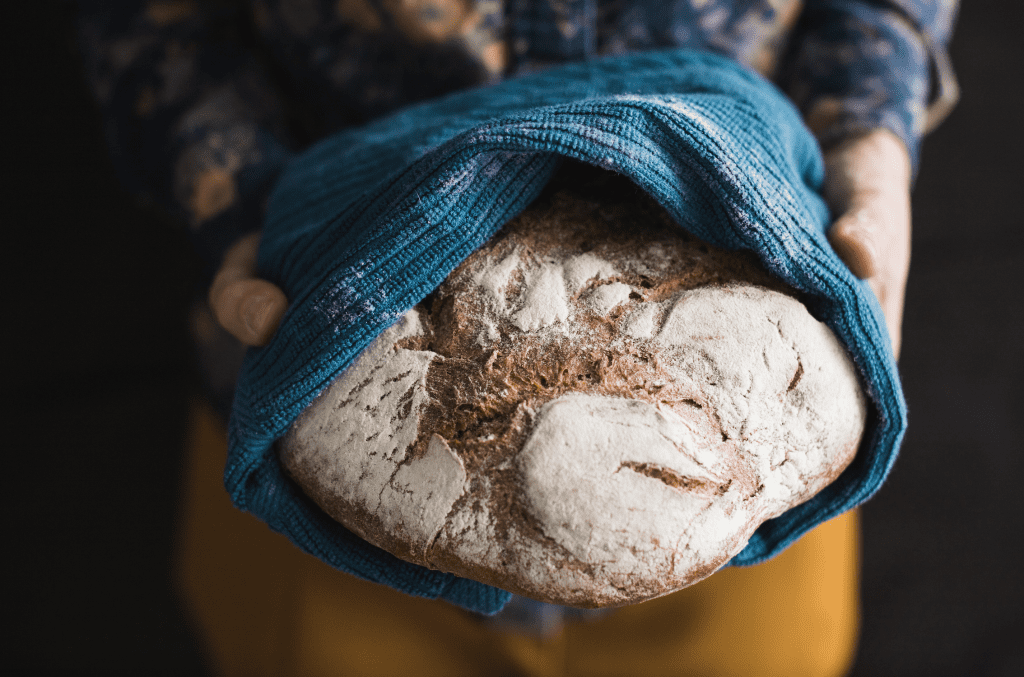Sourdough bread is a traditional type of bread made from a sourdough starter that has been fermented over a period of several days or weeks. Unlike commercially-produced bread that uses yeast, sourdough bread relies on the natural yeasts and bacteria that are present in the environment, flour, and water to leaven the bread.
Due to the unique fermentation process involved in sourdough bread making, the bread has a complex flavor profile that ranges from mildly tangy to intensely sour. It also has a chewy texture and a crispy crust that is perfect for sandwiches, toast, or dipping into soups and stews.
However, to maintain the quality and freshness of your sourdough bread, it’s essential to store it correctly. Here are some tips for storing and freezing sourdough bread:
Let the bread cool completely: After baking your sourdough bread, let it cool completely before storing or freezing it. This step is crucial because if you store or freeze warm bread, it can cause moisture to build up, which can lead to mold growth or stale bread.
Wrap the bread tightly: Once the bread is cool, wrap it tightly in parchment paper, plastic wrap, or aluminum foil. You can also use a resealable plastic bag or airtight container. Wrapping the bread tightly helps to prevent moisture from seeping in, which can cause the bread to become soggy or stale.
Remove as much air as possible: When wrapping the bread, make sure to remove as much air as possible from the packaging. Air can cause freezer burn, which can affect the texture and flavor of the bread.
Store at room temperature: If you plan to eat the bread within a few days, store it at room temperature in a breadbox, a paper bag, or on a breadboard. This method allows the bread to breathe while protecting it from moisture and light.
Freeze for long-term storage: If you want to store the bread for more extended periods, freeze it. Freezing sourdough bread can keep it fresh for up to three months. Make sure to label the bread with the date and type of bread before freezing it. To thaw the bread, remove it from the freezer and let it sit at room temperature for a few hours or overnight.
Reheat the bread: Once the bread is thawed, heat it in the oven or toaster for a few minutes to crisp up the crust and revive the texture. Reheating the bread helps to restore the texture and flavor of the bread and make it as fresh as possible.
Don’t refrigerate: Sourdough bread should not be stored in the refrigerator as it can cause the bread to dry out and become stale quickly. Refrigeration can also cause the bread to absorb odors and flavors from other foods in the fridge.
In conclusion, storing and freezing sourdough bread is a straightforward process, but it requires some attention to detail to ensure that the bread stays fresh and delicious. By following these tips, you can enjoy your sourdough bread for an extended period and preserve its unique flavor and texture.





















